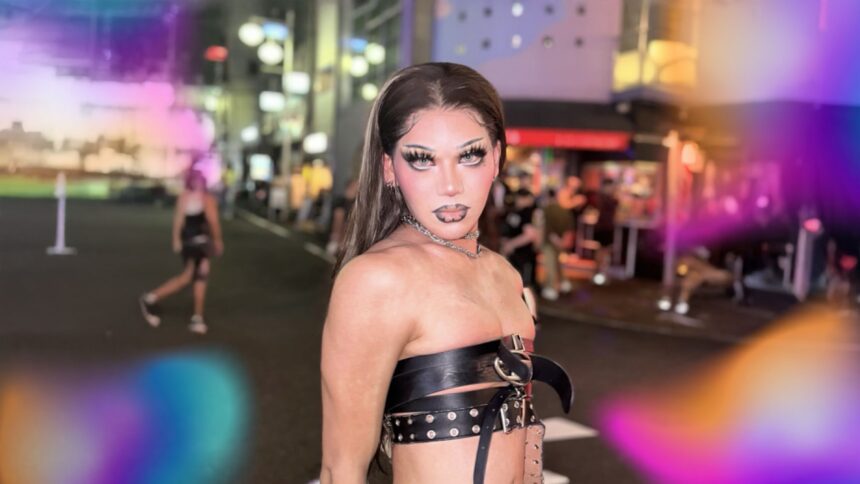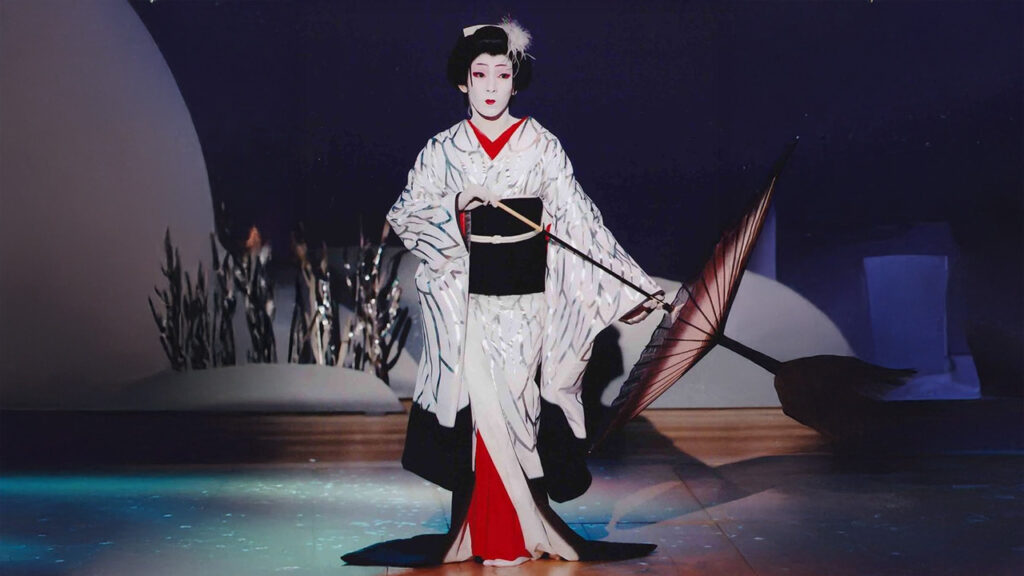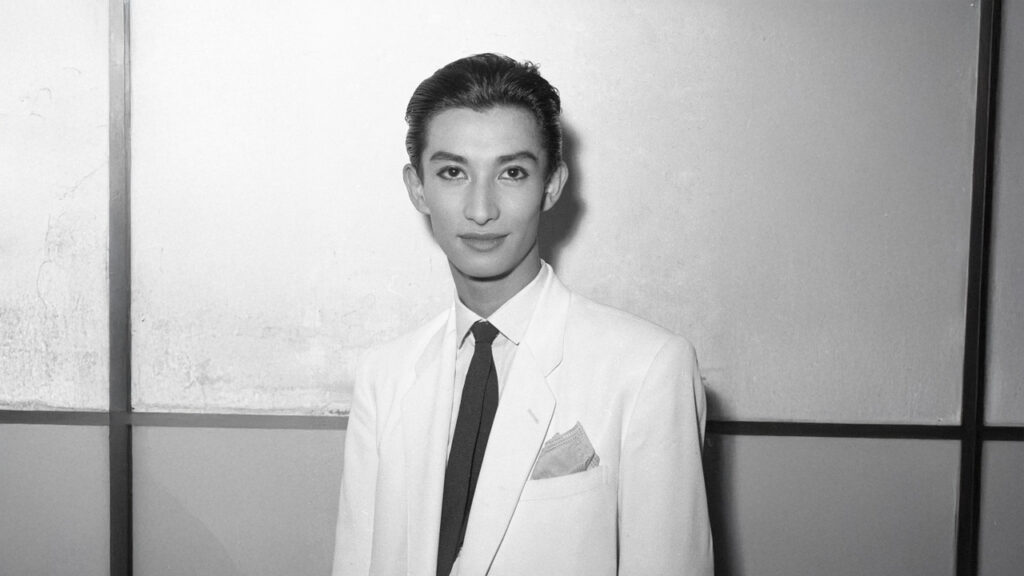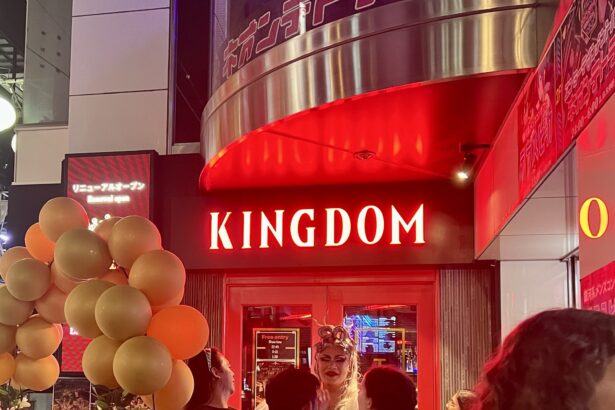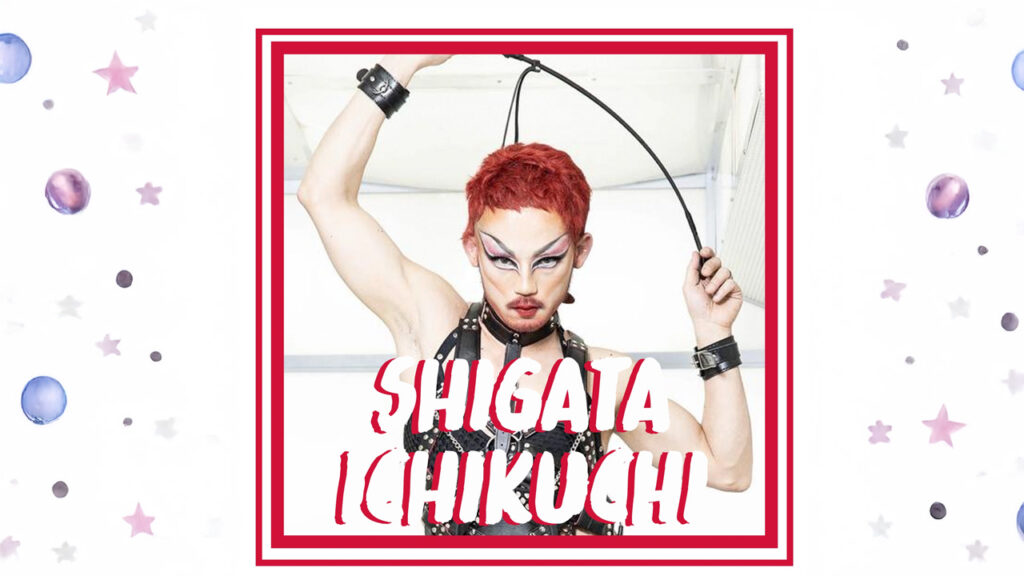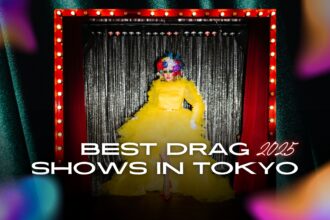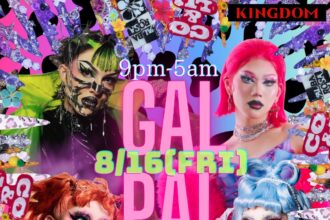What Is a Drag Queen?
Let’s start with the basics: what is a drag queen? A drag queen is (usually) a man who dresses up in feminine attire and plays the part of a woman. Along with this, he often wears flashy costumes, bold makeup, and sometimes takes on a whole new personality apart from his real demeanor.
Many people think that drag queens are transgender women, but usually they’re not. Most drag queens identify as men, but love playing the character of a woman as a form of art. However, I don’t want to be too exclusive with my definitions here, because drag is an art form meant for everyone, and I don’t want to leave anyone out.
Origins of Japan’s Drag Culture
Drag culture in Japan was influenced by both domestic and international cultural traditions. There is a long history in Japanese Kabuki theater of men dressing up as women to play female roles, mostly because women are not allowed to participate in Kabuki. In addition, tekomai, Japanese female performers dressed as men, would perform at traditional festivals to entertain crowds in the Edo period. While these two forms of entertainment (along with many others) built the framework for crossdressing in Japan, the Western concept of drag also caught on and gained popularity here.
With the advent of well-known TV show RuPaul’s Drag Race and easier access to global information through the internet, drag culture, which began in the U.S. in the mid to late 20th century, made its way over to Japan. Today, all major Japanese cities have some form of drag culture, including drag bars, clubs, festivals and much more. In Tokyo, drag culture is mostly concentrated around Shinjuku Nichome, the city’s famous LGBTQ+ district.
Popular Drag Queens in Japan
Akihiro Miwa
Akihiro Miwa, real name Akihiro Maruyama, is one of Japan’s first drag queens. He began his rise to fame by singing in cabaret clubs in the Ginza district of Tokyo in the 1950s, always wearing flamboyant costumes, which often included drag. He would later go on to appear in various films and TV shows such as the leading role in the Japanese action film Black Lizard, and voiceover work for Hayao Miyazaki’s Howl’s Moving Castle and Princess Mononoke.
However, Miwa is not only known for his entertainment career. He’s also notable for surviving the atomic bombing of Nagasaki. Luckily, he and his family escaped relatively unharmed, but he still remembers the event in great detail to this day.
Okini

Okini is probably the youngest drag queen on this list. While not as well known as the other queens, she’s a fresh up and coming performer who we’ll be interviewing in a future article on JGG! She’s known for her unique style that not only portrays femininity, but often transcends gender boundaries altogether. Her makeup style often crosses into the bizarre and the alien, making her style all the more interesting!
She’s a jack-of-all-trades who’s interested in costume design, hair and makeup, and digital art. She’s also a part of the drag queen music duo MAGATAMA. Okini has performed at both Kingdom and Opulence, so keep up to date with their sites to look for her future performances!
KINGDOM TOKYO
Check out Drag Queens at KINGDOM TOKYO!
@vivvi.the.force Kingdom Toyko was on FIRE! 🔥 @KINGDOMTOKYO #tokyo #shinjuku #bouletbrothersdragula #season666 #vivvitheforce #chaoswillreign #dragqueen #dragmonster @Boulet Brothers Dragula ♬ Falling Angel - HCTM
Goma Dango

Goma Dango is a drag queen originally from America. She’s now based in Japan and has developed quite a cult following here. She is known for her vaguely pop art aesthetic and frequent outfit changes during shows.
She is also a co-founder of Haus of Gaishoku, which describes itself as “Tokyo’s international, multilingual, queer-run collective of queens, kings, performers and artists.” If you are looking for an eclectic and lively cabaret show, definitely check out their events page for upcoming performances.
Shigata Ichikuchi
The other co-founder of Haus of Gaishoku, Shigata Ichikuchi, is a drag queen known for her rave-inspired looks and sparkly makeup. Performing at Haus of Gaishoku’s events regularly, she isn’t always in fully femme attire. She often debuts looks that don’t include prosthetics or wigs, and often has grown-out facial hair while wearing women’s clothing. She’s another queen who you should expect to genderbend, and not always stick to the simple task of dressing like a woman.
Durian Lollobrigida

Durian Lollobrigida, real name Masaki Otake, is a drag queen born and raised in Tokyo. Over the years, he has gained popularity to the point of being known outside of drag circles. He has appeared in TV dramas such as Egoist and was a host of gay reality TV show The Boyfriend.
He’s known for his flashy, colorful outfits and extravagant wigs. He also has his own merch shop selling Durian-branded hats and t-shirts. Check out his Instagram to see his latest looks and dates for upcoming shows!
Are Japanese Drag Shows Unique?
Every drag show adopts elements of the region it takes place in, and Japan is no exception. While performances in traditional Japanese dress may be considered offensive in other parts of the world, doing so in Japan is normal, and drag performers coming here from anywhere are invited to do so! In addition, Japanese music, both traditional and modern, is featured often in Japanese drag shows.
Also, due to the high price of real estate in big cities like Tokyo and Osaka, venues that host drag shows in Japan tend to be smaller and more personal. So you’ll probably only be sitting a few rows back from the main performer when you go to a Japanese drag show.
What Are the Best Drag Shows in Tokyo?
A drag show Tokyo hosts every year is called Opulence, a huge drag event and party that’s hosted at a much larger venue to accommodate the many people who want to attend. However, Opulence isn’t only in Tokyo, it’s also hosted in Osaka every year, and regularly features many international queens as well as Japanese ones!
Of course, this is just one of the many drag shows available in Tokyo. So, if you want to learn more about what options there are when it comes to Tokyo’s drag scene, check out this article!
Conclusion
Drag is not only popular in Western countries, but is now thriving in East Asia. Japan is no exception to this, as it has approached the art of drag with its own unique flare and trademark.
Since Japanese drag consists of many different queens and kings with a variety of fashion, hair and makeup styles, it’s really up to you which kind of drag show or event you want to see!
Best Drag Shows in Tokyo 2025: See Top Queens Perform
Tokyo has become one of Asia’s most exciting LGBTQ+ destinations, and its…

